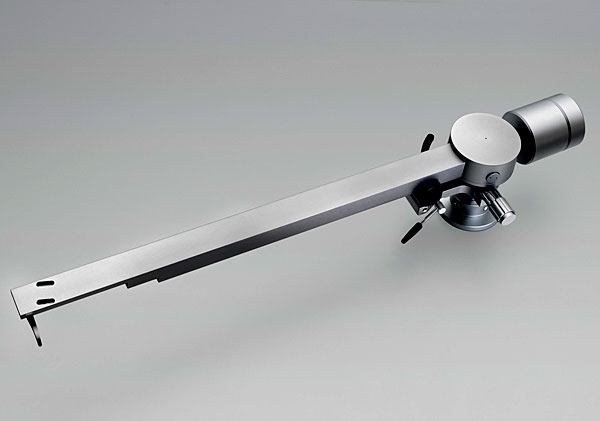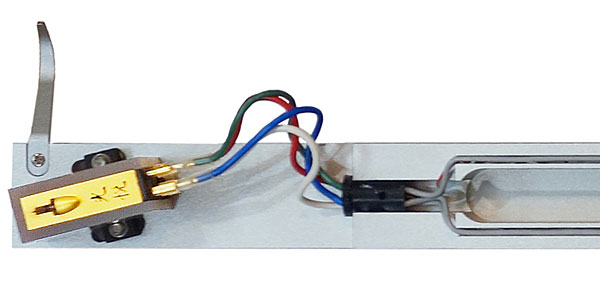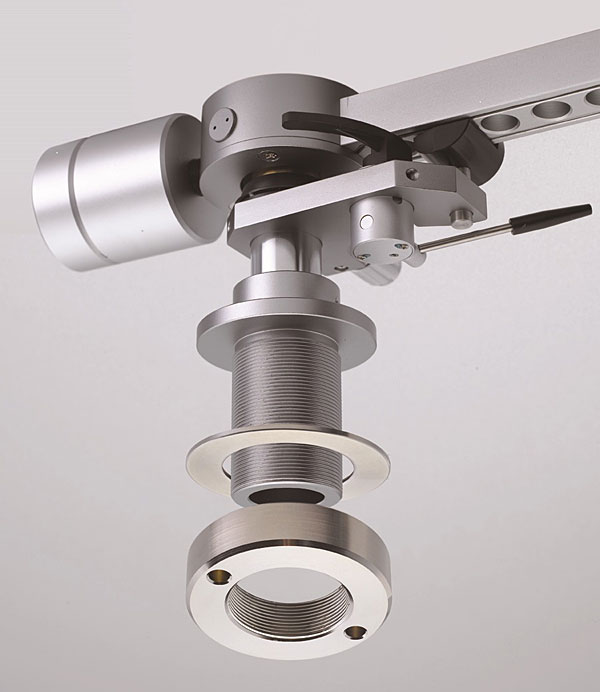| Columns Retired Columns & Blogs |
... an Ortofon SPU Classic N, Classic N E, or Royal N (depending upon which stylus shape you prefer) mounted using an SPU N adapter (or two).
https://www.ortofon.com/media/148712/spubrochure_2017.pdf
https://www.ortofon.com/spu-n-adapter-p-453










































